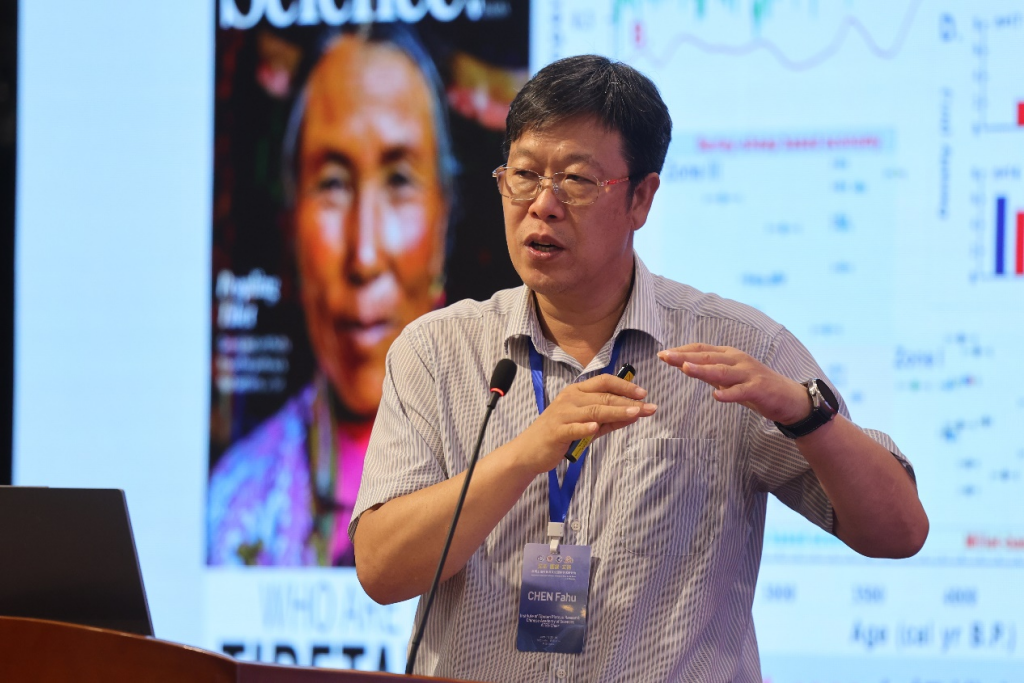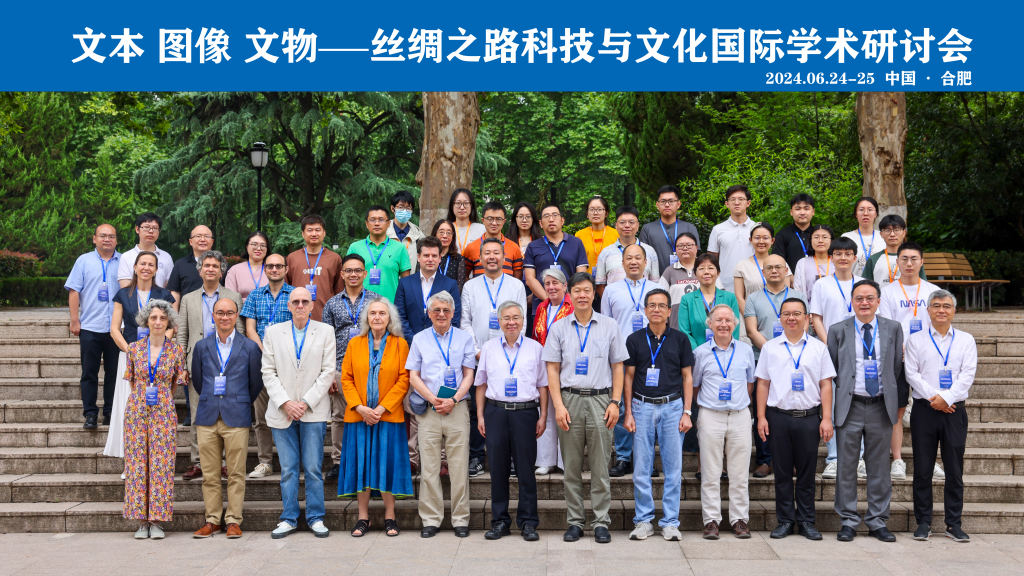The International Conference on Science and Cultures along the Silk Road - Texts, Images, and Objects was successfully held on 24-25 June 2024, at the University of Science and Technology of China (USTC). Over 50 researchers and specialists from China, the United Kingdom, France, Italy, the United States of America, Japan, and Malaysia joined in Hefei to present and discuss the cultural, scientific and technological exchanges along the Silk Roads and their social and historical impacts.
The Silk Roads served not only as trade routes for goods but also as a channel for the emergence of new ideas, culture, and knowledge. The production and dissemination of texts, images, and objects along the Silk Roads left a significant mark on the evolution of art, science, religion, and culture in both East and West. It stands as proof of how interconnected human civilizations were and highlights the lasting impact of cultural interchange.
The opening ceremony was chaired by Professor SHI Yunli, Executive Dean of the School of Humanities and Social Sciences of the USTC. Professor ZHU Canping, Special Assistant to the President of USTC, and Professor LI Qingxin, Chair of the China Society for Maritime History Studies (CSMHS), delivered welcome addresses expressing their hopes for further exploration of discoveries based on historical materials. Professor CHEN Fahu, Chair of the Association for Trans-Eurasia Exchange and Silk Road Civilization Development (ATES), presented a keynote speech on the latest progress in the research of interaction between Silk Road civilization and environmental changes, highlighting the importance of interdisciplinary and cross-regional collaboration for a comprehensive study of the Silk Road in the future.
The conference is hosted by USTC, Shaanxi Normal University (SNNU), CSMHS and ATES, organized by the Institute for Advanced Studies in Science and Humanities of USTC, School of History and Civilization, Shaanxi Normal University and Quanzhou Maritime Museum Fujian. This conference is also an activity organized by ATES Working Group 4 (Science and Technology Exchange).

